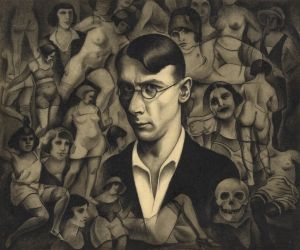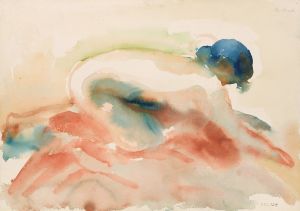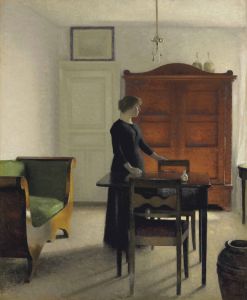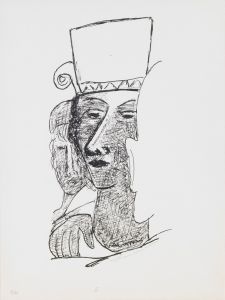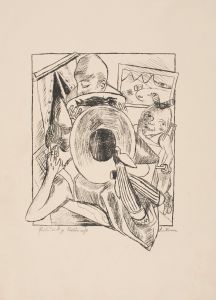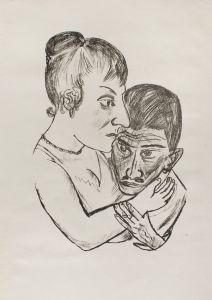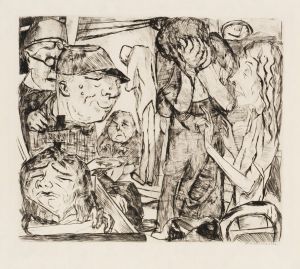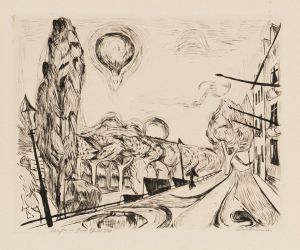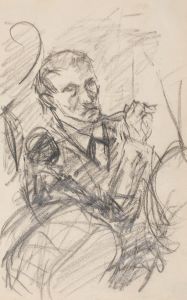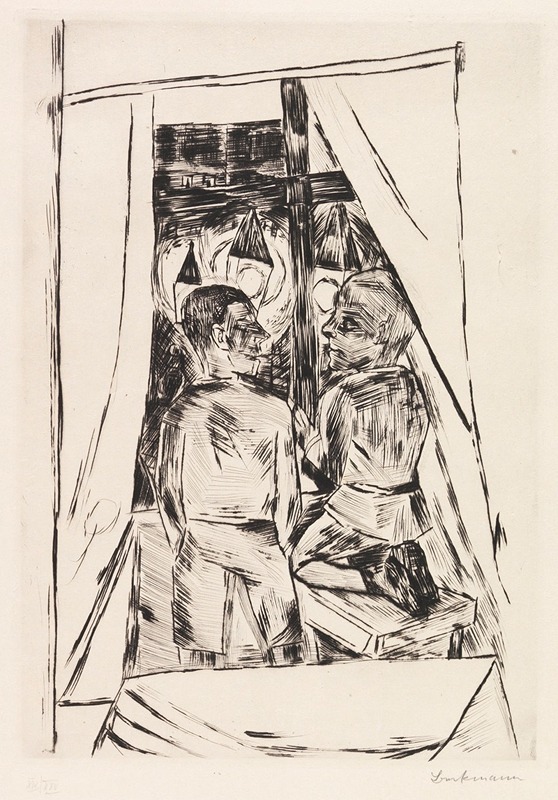
Kinder am Fenster
A hand-painted replica of Max Beckmann’s masterpiece Kinder am Fenster, meticulously crafted by professional artists to capture the true essence of the original. Each piece is created with museum-quality canvas and rare mineral pigments, carefully painted by experienced artists with delicate brushstrokes and rich, layered colors to perfectly recreate the texture of the original artwork. Unlike machine-printed reproductions, this hand-painted version brings the painting to life, infused with the artist’s emotions and skill in every stroke. Whether for personal collection or home decoration, it instantly elevates the artistic atmosphere of any space.
"Kinder am Fenster" (Children at the Window) is a painting by the German artist Max Beckmann, created in 1905. Beckmann, born on February 12, 1884, in Leipzig, Germany, is known for his distinctive style that evolved through various phases, including Impressionism, Expressionism, and New Objectivity. He is considered one of the most important German painters of the 20th century.
The painting "Kinder am Fenster" depicts two children standing by a window, gazing outside. This work is characteristic of Beckmann's early period, which was influenced by Impressionism and Symbolism. During this time, his style was more naturalistic and less distorted compared to his later works, which became more expressionistic and abstract.
In "Kinder am Fenster," Beckmann uses soft, muted colors and delicate brushstrokes to create a serene and contemplative atmosphere. The children are dressed in simple clothing, and their expressions suggest a sense of curiosity and wonder as they look out the window. The light coming through the window illuminates their faces, adding a sense of warmth and intimacy to the scene.
The painting reflects Beckmann's interest in capturing everyday moments and the inner lives of his subjects. It also demonstrates his skill in rendering light and shadow, as well as his ability to convey emotion through subtle details. The composition is balanced and harmonious, with the window serving as a central element that frames the children and draws the viewer's attention to their expressions.
Max Beckmann's early works, including "Kinder am Fenster," were well-received by critics and audiences. However, his style underwent significant changes after World War I, as he began to explore more complex and often darker themes. His later works are characterized by bold colors, dramatic compositions, and a heightened sense of tension and emotion.
Beckmann's career was marked by both success and hardship. He taught at the Städelschule in Frankfurt and exhibited widely, but his work was condemned by the Nazi regime as "degenerate art." In 1937, he fled Germany and eventually settled in the United States, where he continued to paint and teach until his death on December 27, 1950.
"Kinder am Fenster" remains an important example of Beckmann's early work and provides insight into his development as an artist. It is a testament to his ability to capture the quiet beauty of everyday life and the emotional depth of his subjects. The painting is held in a private collection and is occasionally exhibited in museums and galleries, allowing contemporary audiences to appreciate Beckmann's early artistic achievements.





